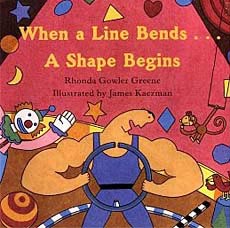Search Listing Name
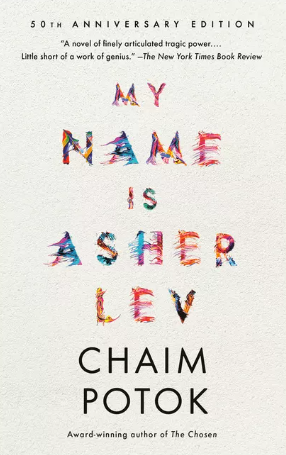
product:
Critter Culture
Sociology is the study of interactions between individuals, groups, communities, and society as a whole. It spans cultures, languages, and behaviors, while also bringing other disciplines such as psychology and biology. But what about all those interactions between humans and animals? The cultures surrounding different critters, the nonverbal languages we share, and the emotions evoked during those interactions all fall into the definition of sociology, just with non-human animals instead. Critter Culture takes

product:
Insights: Grades K-1 Myself & Others Student Science Notebook
Children look at themselves and their classmates and explore similarities and differences in such characteristics as height, eye color, and hand size. They become aware of how they are similar to those children they may see as different because of a physical characteristic (such as skin color) and how they are different from those children they may otherwise see as similar
This module helps to create a positive, supportive atmosphere in which children can
product:
OpenSciEd Physics + Earth & Space Unit 1: Energy Flow from Earth's Systems Teacher Edition
OpenSciEd High School addresses all high school NGSS standards. This comprehensive science curriculum empowers students to question, design, investigate, and solve the world around them.
- Phenomenon Based - Centered around exploring phenomena or solving problems
- Driven by Student Questions - Storyline based on students’ questions and ideas
- Grounded in Evidence - Incremental building and revision of ideas based on evidence
- Collaborative - class and teacher figure out ideas together
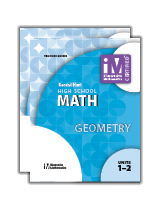
product:
Illustrative Mathematics: Geometry Student Edition Set
IM Geometry is problem-based core curriculum rooted in content and practice standards to foster learning and achievement for all. Students learn by doing math, solving problems in mathematical and real-world contexts, and constructing arguments using precise language. Teachers can shift their instruction and facilitate student learning with high-leverage routines that guide them in understanding and making connections between concepts and procedures.
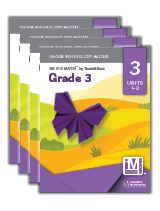
product:
Illustrative Mathematics: Grade 3 Teacher Resource Copy Master Set
Illustrative Mathematics K-5 MathTM is an IM Certified product providing trusted, highly rated materials to ensure students thrive in mathematics. Each Illustrative Mathematics lesson has four phases, from pre-unit practice modules to cool downs, focusing students’ attention on definitions, notations, and graphical conventions contributing to the development of real numbers.
The big ideas in
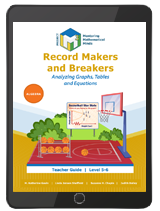
product:
Project M3: Level 5-6: Record Makers and Breakers: Analyzing Graphs, Tables and Equations Teacher 3 Year License
In this unit, students explore algebra as a system of concepts used to represent relationships. They learn to express these relationships using words, equations, tables, and graphs. By exploring world records, some of the most astonishing feats ever achieved, they see algebra in action and even start imagining their own record-breaking possibilities. They also learn about algebra as a style of mathematical thinking for formalizing patterns of change. They extend their notion of variable from a letter in an equation that represents a number to a broader definition, that of a qu

